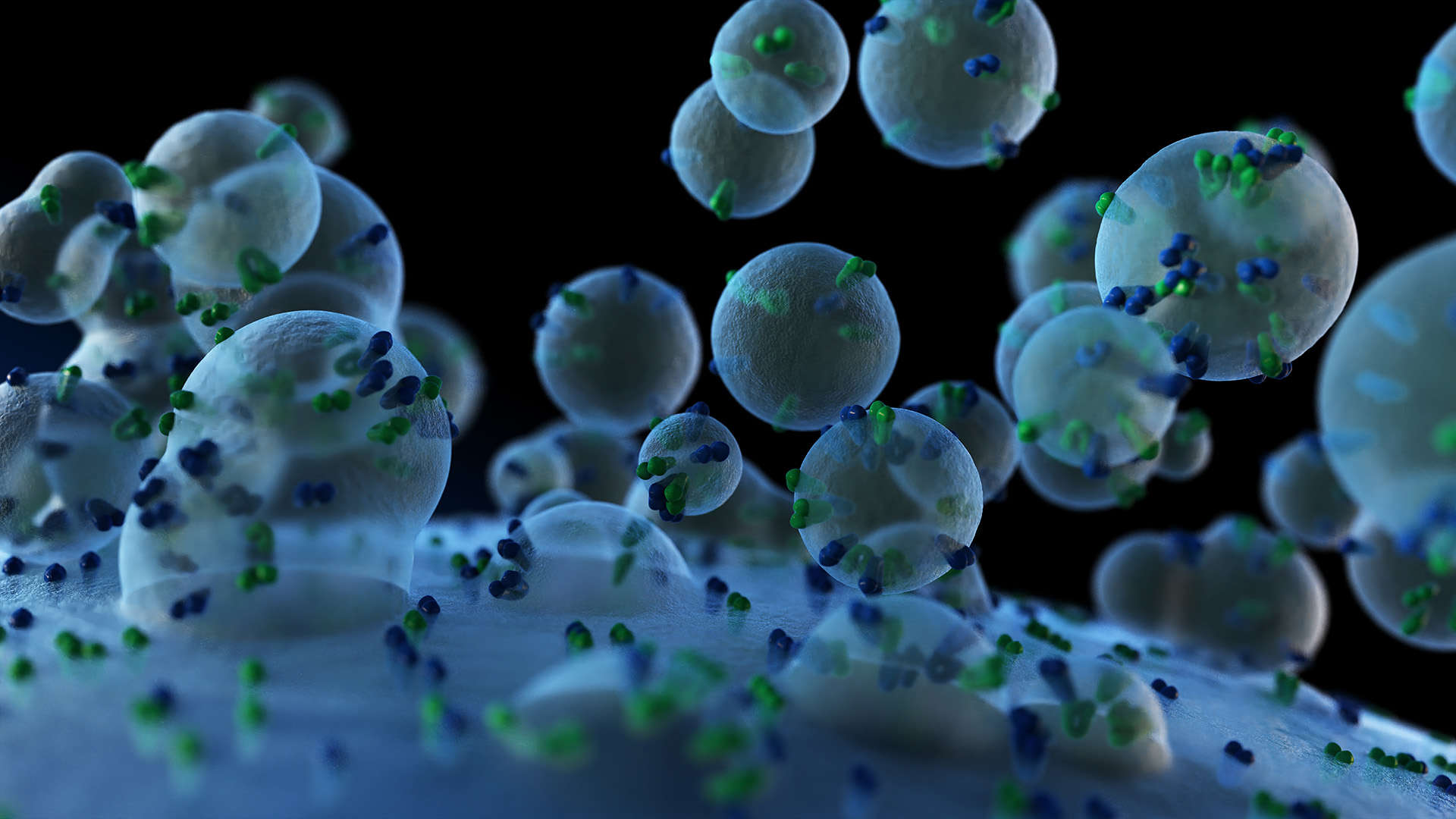Immunofluorescent Labeling Service
Online InquiryImmunofluorescent labeling is a technique that uses antibodies to fluorescently label specific biological targets in a sample. Antibodies are Y-shaped immunoglobulins that specifically bind (but not covalently) to an antigen or epitope. The specificity of the fluorescent label comes from the specificity of the antibody to its antigen.
Creative Proteomics provides immunofluorescence labeling technology that helps you determine the nature and localization of an antigen or antibody, enabling subcellular localization.
The Principle and Process of Immunofluorescence Labeling Technology
The immunofluorescence labeling method is based on the principle of antigen-antibody reaction. Label a known antigen or antibody with fluorescein, and then use this fluorescent antibody (or antigen) as a probe to check the corresponding antigen (or antibody) in the cell or tissue. Antigen-antibody complexes formed in cells or tissues contain labeled fluorescein. Fluorescein is irradiated by excitation light and enters a low energy state into a high energy state. However, high-energy electrons are unstable. The high-energy state electrons release energy in the form of radiated light quantum, and then return to the original low-energy state. At this time, a bright fluorescence (yellow-green or orange-red) was emitted. The fluorescence microscope can be used to see the cells or tissues where the fluorescence is located, to determine the nature and localization of the antigen or antibody, and to determine the content using quantitative techniques.
- Direct immunofluorescence
a. Detection of antigen: This is the easiest and fastest way. The known specific antibody is combined with fluorescein to make a specific fluorescent antibody, which can be directly used for the examination of cell or tissue antigens.
b. Detection of antibodies: The antigen is labeled with fluorescein, and the fluorescent antigen is used to react with the corresponding antibody in the cell or tissue, and the antibody is detected in situ.
- Indirect immunofluorescence
a. Detection of antibodies (sandwich method): The specific antigen is first used to react with the antibody in the cell or tissue, and then the specific fluorescent antibody of this antigen is used to bind to the antigen bound to the intracellular antibody. The antigen is sandwiched between the cellular antibody and the fluorescent antibody.
b. Detection of antibodies: Using known antigen cell or tissue sections and serum to be tested, if the serum contains antibodies to an antigen from the section, the antibodies will bind to the antigen. An indirect fluorescent antibody (anti-species-specific IgG fluorescent antibody) is then used to react with the antibody bound to the antigen. Under the fluorescence microscope, the antigen-antibody reaction site showed bright specific fluorescence.
c. Detection of antigen: This method is an improved method of direct method. The specific antibody is first reacted with the cell specimen, and then the unbound antibody is washed away with buffered saline. The indirect fluorescent antibody is then combined with the antibody bound to the antigen to form an antigen-antibody-fluorescent antibody complex. Compared with the direct method, the fluorescence brightness can be increased by 3 or 4 times.
Advantages of Immunofluorescence Labeling Technology
- Direct immunofluorescence
1. Reduce the number of steps in the staining procedure making the process faster and can reduce background signal by avoiding some issues with antibody cross-reactivity.
2. Avoid any cross-reactions between secondary antibodies.
- Indirect immunofluorescence
1. Gives an amplification effect: more label per molecule of target protein.
2. Requires only one labeled antibody to identify many proteins: same labeled secondary antibody can be used to bind to many different proteins.
Sample Requirements
1. Cut frozen slices and paraffin sections, and cells cultured in 6-well plates or petri dishes (special sample preparation requires detailed technical solutions, infectious samples need special marking).
2. Fresh tissue samples.
3. Customized sample services (including cell culture, cell stimulation, animal model / tissue acquisition, etc.) can be commissioned according to experimental requirements.
You can provide the primary antibody yourself, or we can provide it according to your needs.
Delivery
1. Complete experimental protocol.
2. Experimental results and pictures.
3. Customize or purchase the remaining reagents and samples of the company's related products and services during the experiment.
Want to Know about Other Protein Subcellular Localization Techniques?
Reference
- Sanderson T, Wild G, Cull A M, et al. 19 Immunohistochemical and immunofluorescent techniques[J]. Bancroft's Theory and Practice of Histological Techniques E-Book, 2018: 337.
* For Research Use Only. Not for use in diagnostic procedures.



